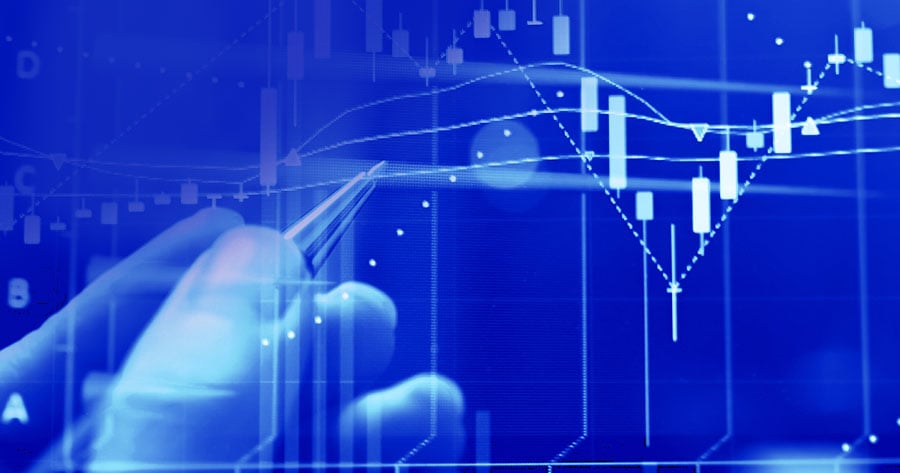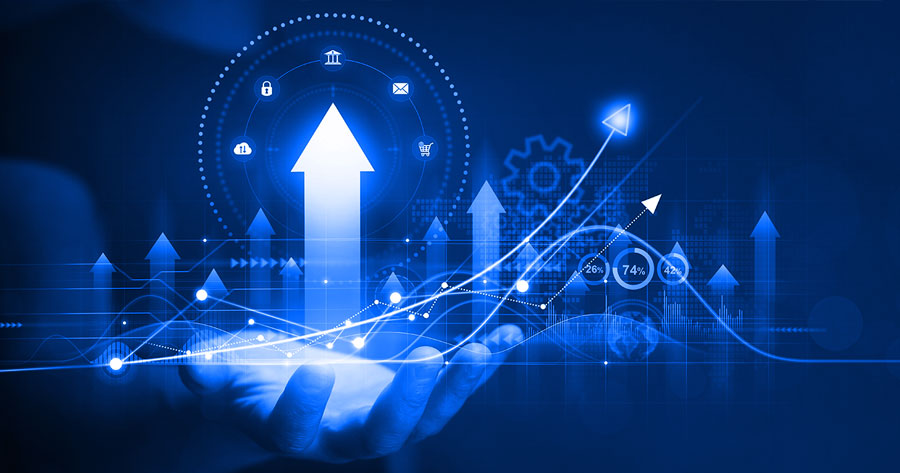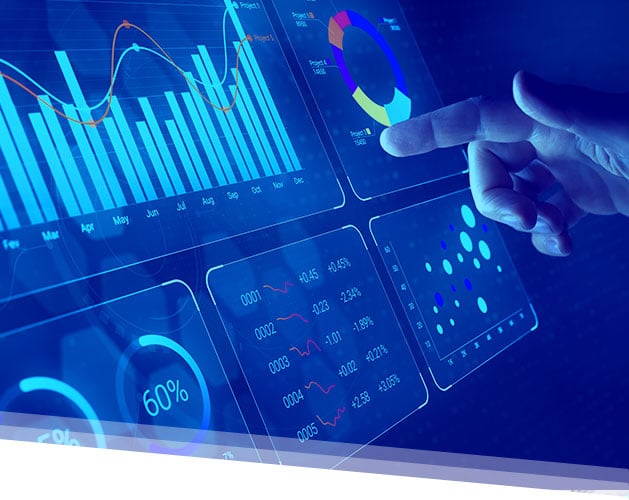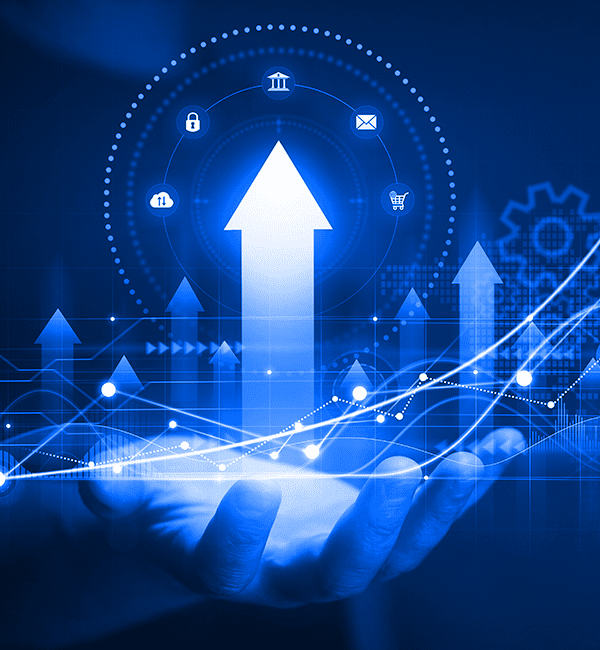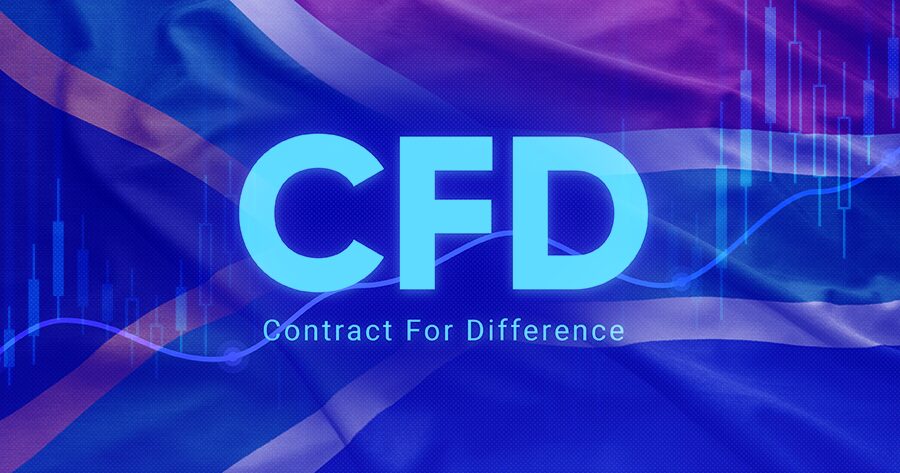The trading world is evolving fast in 2025. New trends, market shifts, and advanced technology are creating exciting opportunities. But with so many happenings, how do you spot the best trades? Smart traders know it is all about strategy. You must know how to read the market, use the right tools, and stay ahead of the news. Sectors are changing, too. Crypto, commodities, and stocks are moving in unexpected ways. Traders who adapt quickly will reap the rewards. Are you ready to capitalize on the best opportunities?
This guide will show you how. We will break down market trends, key indicators, and smart risk management techniques. You’ll learn how to use AI for better analysis, spot-winning setups, and trade with confidence.
Whether you are a day trader, swing trader, or long-term investor, 2025 offers big potential. The key is knowing where to look and when to act. Let’s dive in and uncover the best trading opportunities this year!
Key Factors Influencing Market Trends
The financial markets are always changing, and 2025 is no exception. You need to understand the forces driving price movements to spot the best trading opportunities. Here is what you should keep an eye on.
Macroeconomic Factors
Market fluctuations are predicated on macroeconomic trends. One major factor that continues to influence everything from currency values to company profitability is inflation. Central banks may increase interest rates in response to high inflation, which would increase the cost of borrowing and impede economic expansion. Conversely, reduced interest rates promote investment and consumption, strengthening stock markets.
Technological Advancements and AI in Trading
Trading is being revolutionized by technology like never before. Massive volumes of data may now be processed in seconds by AI-driven algorithms, which can identify patterns that human traders might overlook. High-frequency trading (HFT) companies employ automation to make transactions quickly, which affects price action and market liquidity. The cryptocurrency market is constantly changing due to blockchain technology and Decentralized Finance (DeFi), which opens up new trading options.
Sector-Specific Trends and Industry Shifts
The performance of different industries varies over time. Emerging industries, including biotech, AI-driven technology, and renewable energy, may experience tremendous expansion in 2025. Meanwhile, supply chain issues or shifting consumer behavior may pose problems for conventional sectors.
Geopolitical Events and Global Market Uncertainty
Global tensions and policy changes may result in significant fluctuations in the prices of commodities, equities, and foreign exchange in 2025. When large economies experience political unrest, investors may turn to safe-haven assets like gold or the US dollar. By keeping up with world events, traders can predict volatility and modify their methods appropriately.
Understanding Market Trends and Economic Indicators
To trade successfully, you need to understand market movements and the economic forces behind them. Key indicators help predict trends, giving traders an edge.
Market Trends
Markets move in cycles. Bull markets see rising prices and strong investor confidence. Bear markets bring falling prices and fear-driven selling. Sideways markets lack a clear trend. Spotting these trends helps traders make better decisions.
Leading and Lagging Economic Indicators
Leading indicators (consumer confidence, manufacturing orders) predict future trends. Lagging indicators (unemployment rates, earnings reports) confirm trends after they happen. Tracking these helps traders stay ahead.
Inflation and Interest Rates
Interest rates rise in response to high inflation, which slows economic growth. Reduced interest rates promote borrowing and investment. In 2025, central bank policies will significantly impact commodities, currencies, and stocks.
Unemployment or Job Reports
High employment rates increase stock prices and consumer spending. Growing unemployment is an indication of a failing economy. Reports like the Non-Farm Payrolls (NFP) can trigger large market movements.
Global Trade and Economic Growth
Growing trade and GDP fuel stock markets. Supply chain problems, trade disputes, and economic downturns cause volatility. Monitoring international trade data enables traders to predict market changes.
Utilizing AI and Machine Learning for Market Analysis
AI and machine learning are revolutionizing trading. These technologies analyze vast amounts of data, detect patterns, and help traders make faster and smarter decisions.
AI-Powered Market Predictions
AI systems can examine years’ worth of historical data in just a few seconds. They determine possible breakout points, support and resistance levels, and price trends. AI traders do not rely on intuition or feelings like human traders. They make highly accurate predictions about market movements using only data.
Automated Trading Bots
AI-powered trading bots automatically execute transactions according to preset rules. They eliminate delays brought on by human decision-making by responding to market movements instantaneously. A variety of tactics, including trend following, arbitrage, and scalping, can be implemented into bots.
Sentiment Analysis for Market Trends
Market sentiment plays a crucial role in price movements. Sentiment research powered by AI examines social media, financial information, and headlines to gauge investor sentiment. It determines whether traders are experiencing fear or optimism for a specific asset.
Risk Management and AI Alerts
One of the most crucial elements of trading is risk management. AI-powered risk management tools that analyze market volatility provide real-time notifications. These tools assist traders in identifying possible risks, determining the best stop-loss levels, and modifying their plans as necessary.
Custom AI Models for Personalized Strategies
Thanks to machine learning, AI becomes more accurate with each trade. By optimizing algorithms, traders can develop unique strategies that fit their objectives and risk tolerance.
Finding High-Probability Trade Setups
Successful trading is not just about spotting opportunities—it is about finding the right ones. High-probability setups increase your chances of profitable trades by aligning multiple factors like trend direction, key levels, and confirmation signals.
Identifying Strong Trends
Success rates are higher when trading with the trend. Clearer highs and lows in an uptrend or lower highs and lower lows in a downtrend are indicators of strong trends. Trend direction can be verified with the use of moving averages. Entering transactions that follow the trend increases the likelihood of winning trades.
Support and Resistance Levels
Markets respect key price levels when buying or selling pressure increases. Support levels serve as a floor on which prices are typically driven upward by demand. When selling pressure pushes prices lower, resistance levels serve as a ceiling. Trading close to these levels with confirmation signals increases trade accuracy.
Chart Patterns and Candlestick Signals
Certain patterns indicate high-probability setups. Triangles and flags are examples of breakout patterns that show significant momentum. Head and shoulders and double tops/bottoms are examples of reversal patterns that alert traders to changes in the trend. Before making a transaction, candlestick patterns like doji, engulfing candles, and pin bars offer more confirmation.
Volume Confirmation
Volume indicates how strongly a price shift is occurring. A breakout with significant volume indicates strong momentum and a legitimate trade setup. A weak volume could indicate a false breakout. By monitoring volume in addition to price activity, traders can select better entrances and avoid pitfalls.
Confluence for Stronger Setups
The finest trading setups include multiple signals. When the trend direction, support/resistance levels, chart patterns, and indicators line up, the likelihood of a successful trade increases. Rather than depending solely on one element, this confluence strategy guarantees higher-quality trades.
Sector and Asset Class Rotation Strategies
Markets do not move uniformly. Different sectors and asset classes perform better at different times. Rotating between them can maximize profits and reduce risk. In 2025, traders who understand rotation strategies will stay ahead of market shifts.
Understanding Sector Rotation
Different sectors perform differently depending on the economic cycle. Financials, consumer discretionary spending, and technology all tend to prosper during expansion. Consumer staples, healthcare, and utilities all fare well during slowdowns. Intelligent traders invest in underperforming industries and follow sector strength.
Asset Class Rotation for Diversification
Commodities, currencies, stocks, and bonds don’t all rise or fall at the same time. Gold or bonds frequently increase in value when stocks fall. To reduce risk and take advantage of changing market conditions, traders switch between these asset types.
Seasonal and Cyclical Trends
Certain industries do better at particular seasons. While energy stocks often gain in the winter, retail and travel stocks rise over the holidays. Recognizing these patterns allows traders to time their entries more effectively.
Leveraging ETFs and Sector Funds
Exchange-traded funds (ETFs) make sector rotation easy. Instead of picking individual stocks, traders can buy sector-based ETFs to gain broad exposure. This reduces risk while still taking advantage of strong-performing industries.
Leveraging News and Market Sentiment
News and market sentiment drive short-term price changes. Knowledgeable traders can profit from volatility and predict significant changes. Stocks, currencies, and commodities react instantly to economic news, company profits, and geopolitical developments.
Investor emotions are reflected in market sentiment; fear and greed frequently drive price movement. Indicators of general mood include the Fear & Greed Index, options activity, and social media sentiment analysis. While negative sentiment might indicate sell-offs, bullish sentiment can drive prices higher. Early detection of sentiment changes allows traders to enter positions before significant movements occur.
Conclusion
Spotting the best trading opportunities in 2025 requires a mix of strategy, technology, and market awareness. Traders must analyze trends, use AI tools, and watch economic indicators to stay ahead. High-probability setups, sector rotation, and market sentiment are key to making informed decisions.
Related Articles
- https://www.cmtrading.com/trading-tips/trade-whats-hot-to-score-the-big-profits/
- https://www.cmtrading.com/trading-tips/how-to-become-profitable-part-time-trader/
- https://www.cmtrading.com/blog/cfd-trading-for-beginners-unlock-success/

